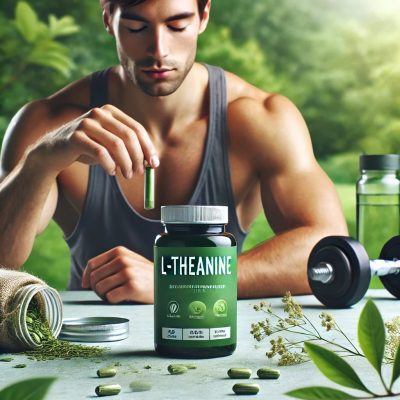
Ice baths, or cold water immersion (CWI), have become increasingly popular among athletes and fitness enthusiasts to support recovery and boost performance. But are they truly beneficial for training, or are the effects mostly hype? Let’s explore the science behind ice baths and when they can be most useful for fitness and training recovery.
Benefits of Ice Baths for Fitness Recovery
- Reduces Muscle Soreness and Inflammation
- After intense workouts, especially those involving heavy lifting or endurance activities, muscles experience microscopic tears that lead to inflammation and delayed onset muscle soreness (DOMS). Ice baths constrict blood vessels, which can reduce inflammation and swelling, helping to alleviate soreness.
- Speeds Up Recovery Time
- For those with demanding training schedules, such as athletes or people working out multiple times per week, ice baths can accelerate recovery time. By reducing swelling and numbing pain, ice baths may help athletes return to high-intensity training more quickly.
- Improves Circulation
- Ice baths stimulate circulation, causing blood vessels to constrict in the cold and then dilate upon warming up. This increased blood flow may help remove metabolic waste (like lactic acid) and bring fresh oxygen and nutrients to the muscles, promoting recovery.
- Boosts Mental Resilience
- Sitting in an ice bath is mentally challenging and can improve mental toughness over time. For many, the experience also has mood-boosting effects, as cold exposure releases endorphins, creating a sense of mental well-being.
When to Use Ice Baths in Your Fitness Routine
Ice baths are best suited for certain types of training and should be used strategically:
- After Intense Workouts: Use ice baths after especially demanding workouts, like HIIT sessions, long endurance runs, or heavy lifting, to reduce inflammation and speed up recovery.
- During Heavy Training Phases: When training frequency and intensity are high, such as in the days leading up to a competition or an intense training block, ice baths can help prevent cumulative soreness and fatigue.
- For Competitive Athletes: For athletes with back-to-back events or multiple competitions, ice baths may help manage soreness and keep performance at its peak.
When to Avoid Ice Baths
For those looking to gain muscle or strength, cold water immersion may not be the best choice directly after training, as some studies suggest it may interfere with muscle adaptation. The reason is that inflammation, while uncomfortable, is part of the natural muscle growth and repair process. Here’s when to avoid ice baths:
- Directly After Strength Training: If muscle growth is a primary goal, you might skip the ice bath immediately post-workout, allowing your body’s natural inflammatory response to aid muscle adaptation.
- For Low-Intensity Workouts: For lighter or lower-intensity sessions, ice baths are likely unnecessary, as the recovery demands are lower.
Tips for Using Ice Baths Effectively
If you decide to add ice baths to your recovery routine, here are some tips for doing it safely and effectively:
- Temperature: Aim for a water temperature between 50-59°F (10-15°C).
- Duration: Spend 10-15 minutes in the bath. Longer sessions offer diminishing returns and can become uncomfortable.
- Timing: Try to ice bath soon after a workout to gain the most recovery benefits, but wait if your focus is on muscle growth.
Conclusion
Ice baths can be beneficial for reducing soreness, accelerating recovery, and enhancing mental resilience, especially for athletes and those in rigorous training programs. However, they may not be ideal for every workout or fitness goal, particularly for those prioritizing muscle growth. When used strategically, ice baths can be a powerful tool in the recovery arsenal, helping you feel refreshed, reduce pain, and stay consistent with your fitness routine.











